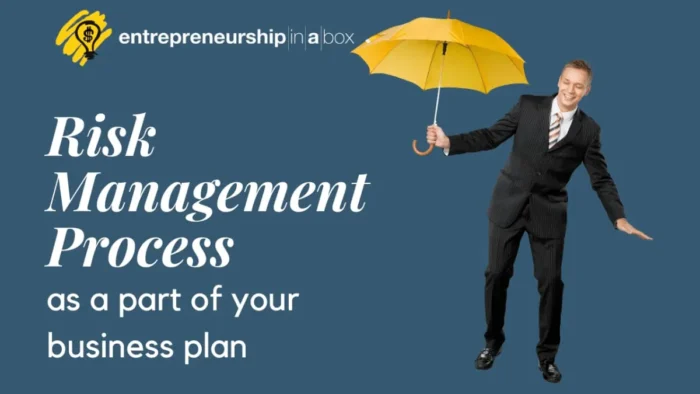Business forecasting as everything that you do has its own principles that you must know if you want to implement successful forecasting for your business.
I’ve already covered some of the most important aspects of forecasting in the previous two posts in this series about business forecasting. You can read more about them at Entrepreneurial Forecasting – Some Questions Answered and Entrepreneurial Forecasting – Demand Forecasting.
Here, I would like to present five basic and most important principles of business forecasting. Those principles are something that must be in front of the eyes of each entrepreneur before they start with the process of forecasting.
1. Business Forecasting is Usually Wrong.
This is true, but you as an entrepreneur must be sure to know this when you try to forecast your business’s future. You can’t expect 100% true forecasting. But, it is good to have 50% missing in forecasting.
Remember that you want to forecast the future of your business. On the other side, that future is something unknown and uncertain. So, you can not expect that you will hit the future reality with 100%. The more important for you as an entrepreneur, when you forecast the future is to prepare yourself for the risks and the unknowns that will come in the future.
It is important for entrepreneurs to start forecasting with this principle in mind.
2. Business forecasting is more accurate for smaller time periods.
It is normal if the future that you forecast is closer to the present, your business forecasting will be more accurate.
Why is this normal?
It is normal because we can easily predict our future for tomorrow then for next year. Our tomorrow is more predictable and certain than a period after one month or one year.
3. Your business forecast must include an estimate of error
Because it is expected that your forecasting will be wrong, the real question is, “by how much?“.
As we talk in the previous part, it is best to express this error in terms of percentage. For example, percentage as a difference between reality and something forecasted.
If you forecast that your sales will have a 10% increase next year and you know that there is a chance that it will not be true, you can say that estimate of error is 40%. It means that there is a 40% chance that you will not reach a 10% increase in sales. Or there is a 60% chance that you will get more than a 10% increase in sales.
This error can be a positive or negative error expressed as a positive or negative percentage. If the forecasting is about sales, the positive error will be a percentage of more sales generated in dollars through the forecasted period. If we have a negative percentage as an error for the same sales forecasting, then our business generates fewer sales than it’s forecasted.
4. The forecast must rely on historical data and external environmental factors.
You can not use only historical data to forecast the future. Yes, they are important as a starting point of your business forecasting. But, simple they are not enough to predict the future.
You can’t expect to have the same results from forecasting if there are some changes in environmental conditions. An example can be if on the market come new competitors. This means that you can’t include your historical data for demand or sales and increase them with some percentage to forecast the future demand or sale because there are new competitors that probably will get some piece of cake (your market).
Historical data is an important starting point of each forecasting for business purposes, but they are not enough for better forecasting results.
Your business exists in an environment where all parts of that environment are in interaction with each other. Decisions from one element will impact decisions on another element.
5. The forecasting will require collection and analysis of data.
Business forecasting is much easier if you prepare the quality data required for particular forecasting. The forecast will be more precise when there is a high quality of data on which it is based. Because of
Because of that, all data must be recorded in the same term as required for the forecast purpose.



